Who Said All Cells Come From Preexisting Cells
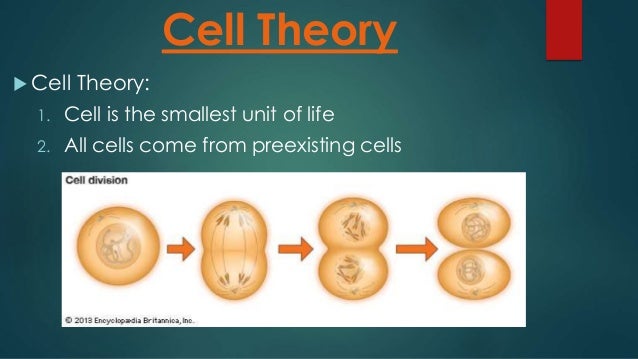
The bedrock of modern cell theory, the understanding that all cells originate from pre-existing cells, underpins much of our biological knowledge. This seemingly simple statement has profound implications for understanding life's origins, disease, and evolution. But attributing this fundamental principle to a single originator requires careful historical and scientific scrutiny.
The notion of omnis cellula e cellula, meaning "all cells come from cells," is a cornerstone of cellular biology. While many contributed to cell theory, Rudolf Virchow is most frequently credited with popularizing, and perhaps inadvertently misattributing, this critical concept. This article delves into the complex history behind the statement, exploring the contributions of other scientists who paved the way for this groundbreaking understanding, and examining the nuances of Virchow's actual role.
The Precursors to Virchow
Before Virchow, significant advancements in microscopy and cell biology were essential. Robert Hooke's initial observation of cells in cork in the 17th century laid the groundwork for future investigations. However, Hooke only observed cell walls, and the true significance of the cell as the fundamental unit of life wasn't yet apparent.
Later, Theodor Schwann and Matthias Schleiden proposed in the 1830s that all plants and animals are composed of cells. Their work was a major step forward, establishing the cell as the basic building block of life, but their understanding of cell origination was still incomplete.
Robert Remak's Crucial Contribution
Prior to Virchow, Robert Remak, a Polish-German embryologist and neurologist, provided compelling evidence for cell division. Remak observed cell division in chicken embryos, demonstrating that new cells arose from existing cells through a process of splitting.
He published his findings in the 1850s, explicitly stating that new cells are generated from pre-existing cells. Sadly, Remak's groundbreaking work was often overlooked, partly due to his being a Jewish scientist in a time of growing antisemitism.
Virchow's Role and Controversy
Rudolf Virchow, a highly influential German pathologist, is often credited with popularizing the concept of omnis cellula e cellula. In 1855, he published "Cellular Pathology," a book that revolutionized the understanding of disease.
In it, he argued that diseases arise not in tissues or organs themselves, but in individual cells. Virchow forcefully advocated for the idea that cells arise only from pre-existing cells, solidifying its place in biological thought.
The Question of Attribution
However, Virchow's presentation of omnis cellula e cellula has been subject to historical debate. Critics argue that he failed to adequately acknowledge Robert Remak's earlier work, even potentially appropriating Remak's findings without proper attribution.
Some historians suggest that Virchow, a dominant figure in German science, may have downplayed Remak's contributions due to a combination of scientific rivalry and personal biases. This highlights the importance of critically examining scientific narratives and recognizing the often-overlooked contributions of lesser-known scientists.
The Legacy of Cell Theory
Despite the controversy surrounding its attribution, the principle of omnis cellula e cellula has become a cornerstone of modern biology. It provides the foundation for understanding cell growth, development, and inheritance.
It also forms the basis for understanding various biological processes, including embryology, tissue repair, and the spread of infectious diseases. The understanding that cells arise from other cells is crucial for comprehending the origins of cancer and developing effective treatments.
Implications for Future Research
The principle of omnis cellula e cellula continues to guide research in numerous fields. Stem cell research, for instance, relies on understanding how cells differentiate and give rise to different cell types.
Similarly, research into aging and age-related diseases is focused on understanding the mechanisms that regulate cell division and senescence. A deeper understanding of these processes may provide insights into extending human lifespan and improving overall health.
Furthermore, the study of evolution is rooted in the understanding that genetic information is passed from parent cells to daughter cells. Changes in this information, through mutation, lead to the diversity of life we observe today.
Conclusion
The statement "all cells come from pre-existing cells" is a fundamental tenet of biology. While Rudolf Virchow popularized this concept, Robert Remak provided critical experimental evidence supporting it.
The history behind this principle serves as a reminder of the importance of acknowledging the contributions of all scientists, regardless of their background or position. It also underscores the collaborative nature of scientific discovery, where insights build upon the work of previous generations, even when credit is not always appropriately distributed.
Ultimately, the omnis cellula e cellula principle has profoundly shaped our understanding of life and continues to drive scientific inquiry into the complexities of the cellular world. Future studies will undoubtedly build on this foundation, leading to new discoveries and innovations in medicine, biotechnology, and beyond.
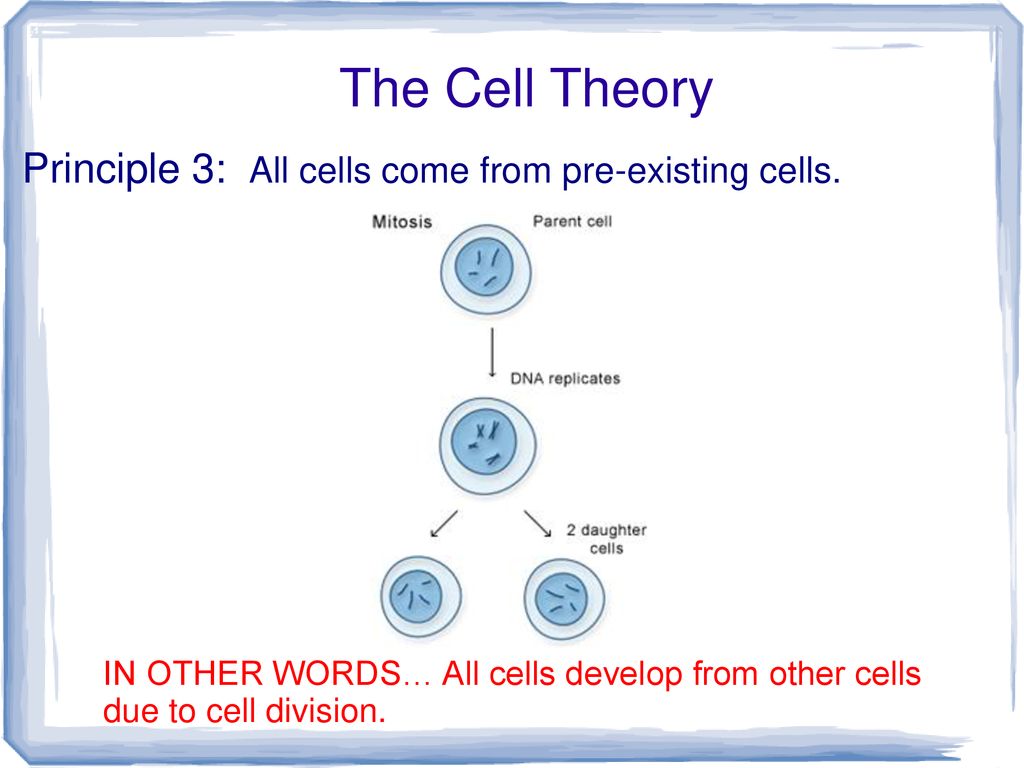

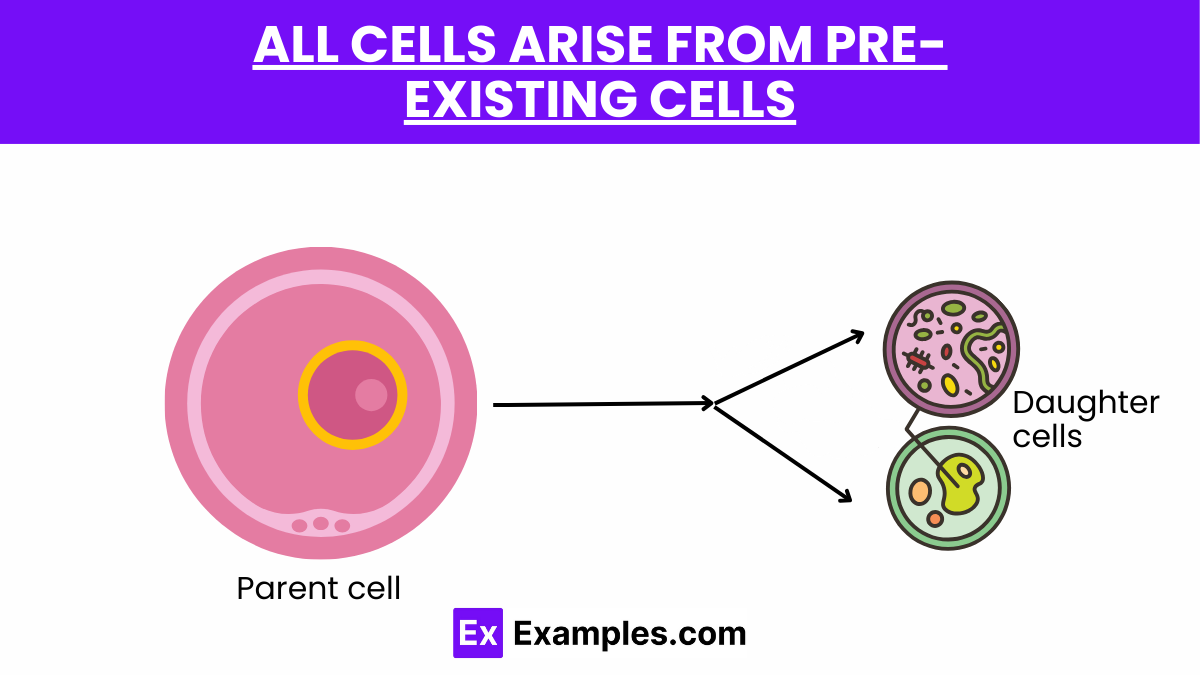








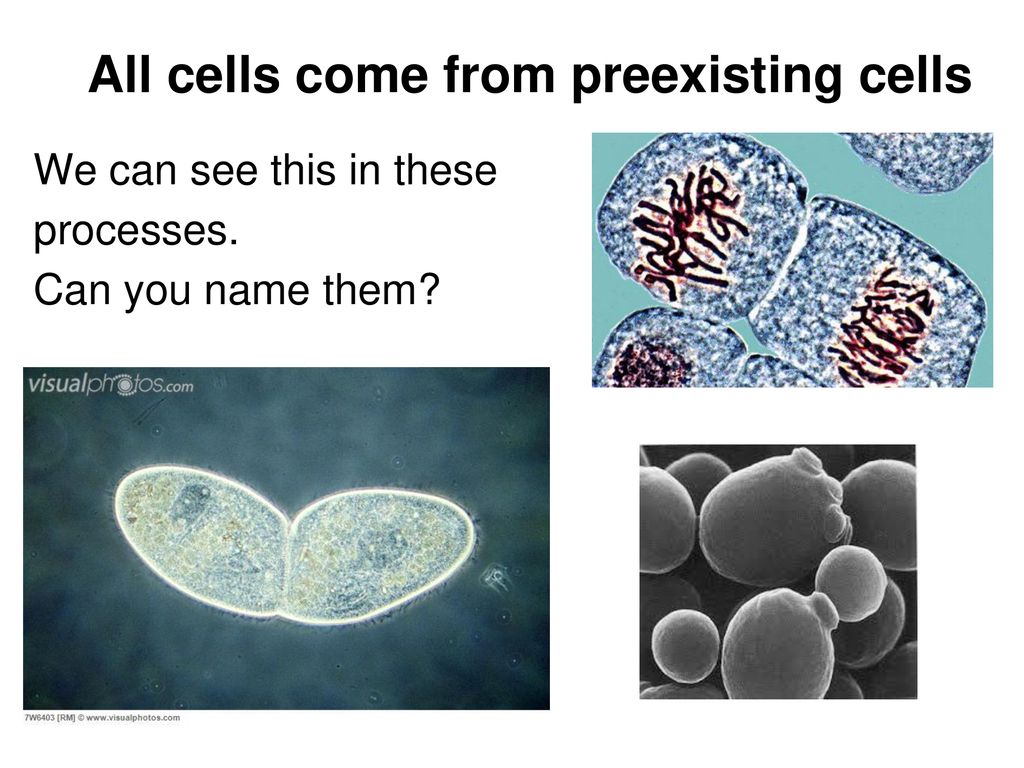

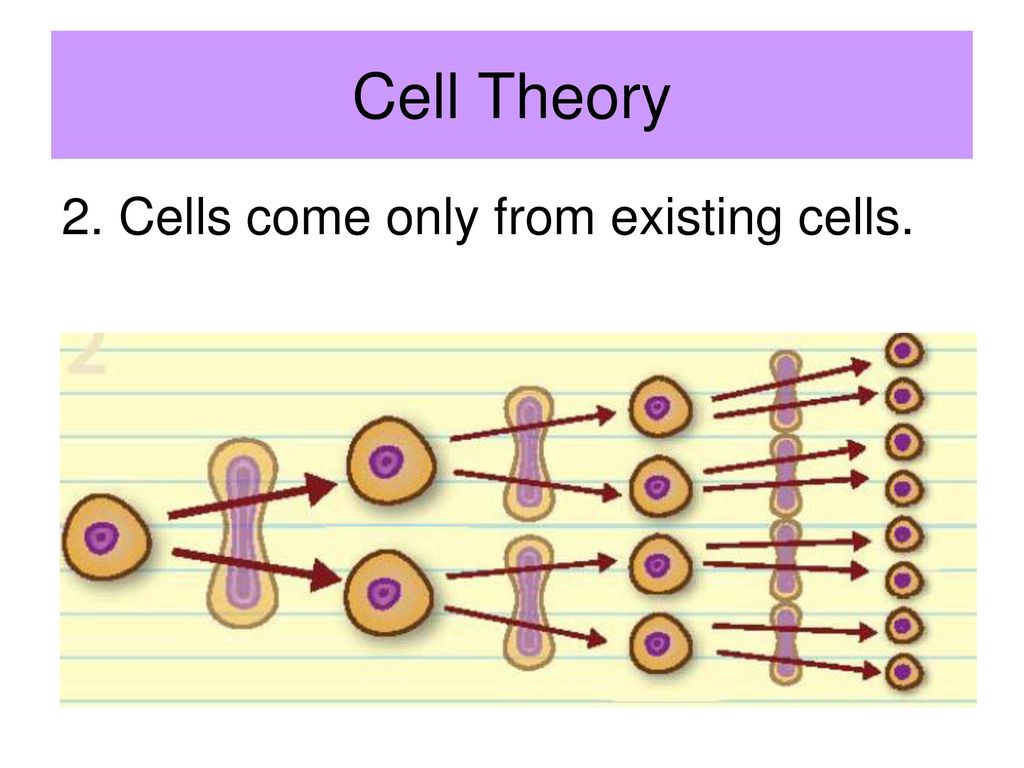

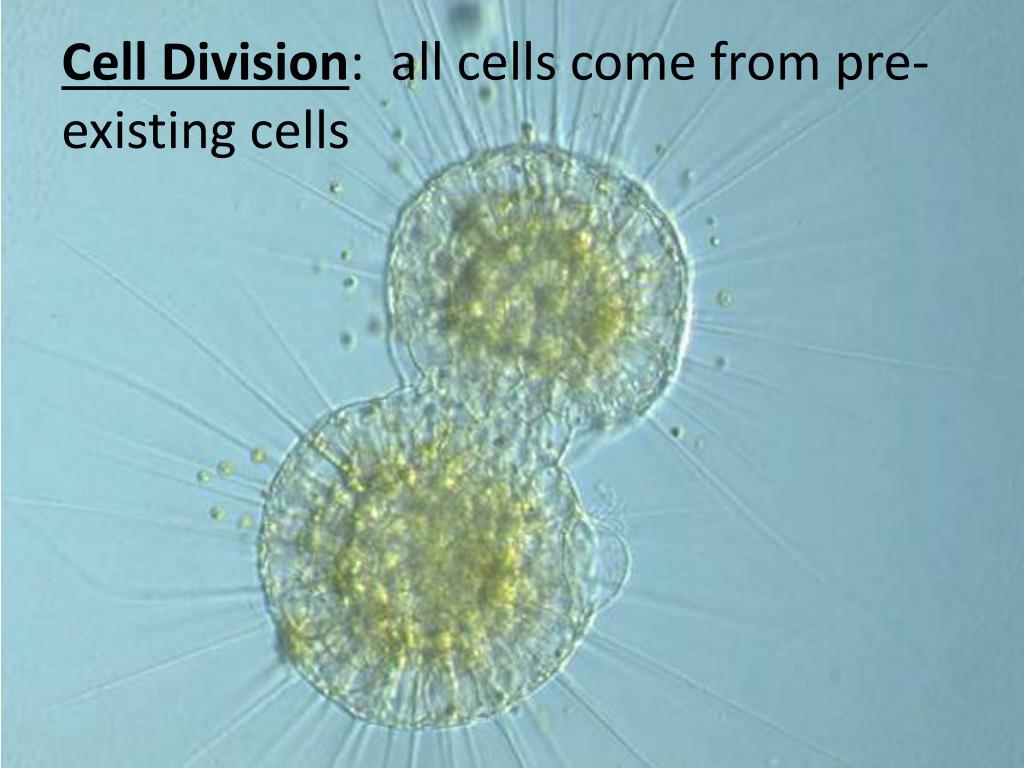
+all+cells+come+from+pre-existing+cells.jpg)

